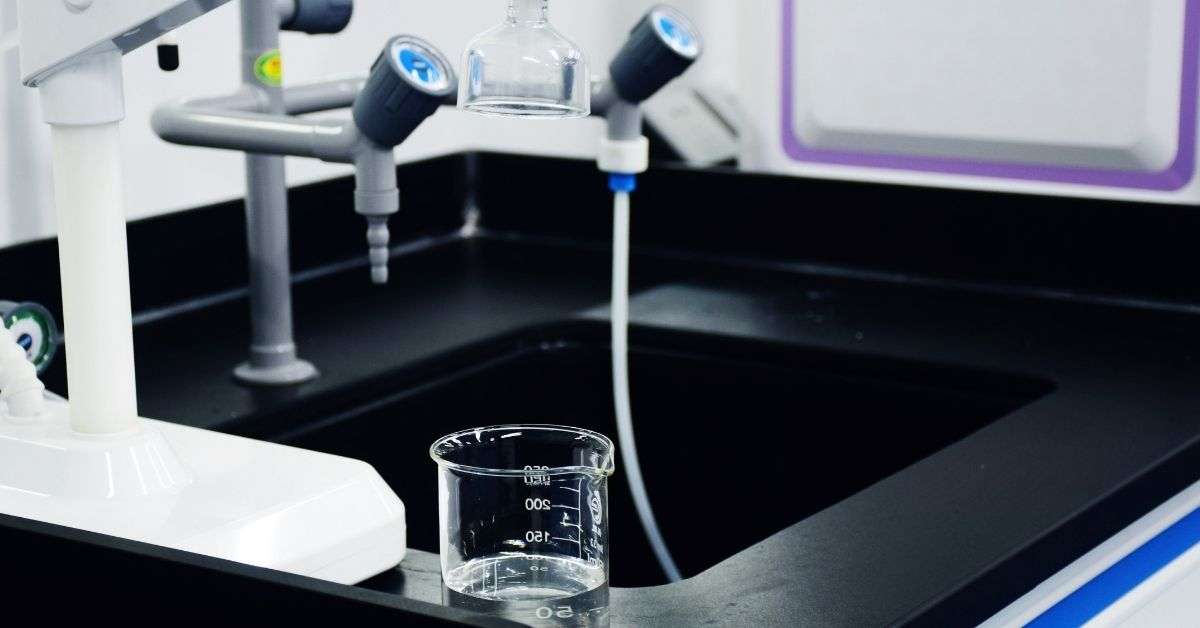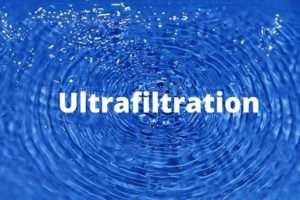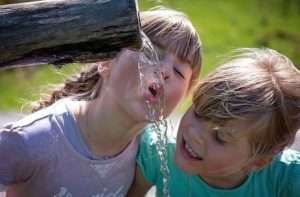Water is an essential resource for human life. It is the most common substance on the earth. Every living organism needs water, and human beings cannot survive without it. Water purification, also known as water treatment or water sanitation, removes undesirable chemicals, biological contaminants, and dissolved solids from water to make it safe for drinking or recreational use.
There are many ways to purify water, and the best method is a personal choice. There are two main methods of purification: boiling and distillation. Boiling, also known as heat treatment or disinfection, involves using hot water to boil unwanted substances and microbes out of the water. Distillation can be done at home, although it has problems like temperature changes and impurities in the water. In some cases, boiling might not be enough; you may also have to do additional filtering with a variety of below methods.
7 best Methods of Water Purification
1. Boiling

Boiling is a simple, effective way to purify water. The heat from boiling kills most bacteria and viruses in your water source, including protozoa such as giardia.
When you boil water, it should remain at a rolling boil for at least 1 minute before it is considered safe to drink.
2. Chlorination
Chlorination is a method of water purification that involves the addition of chlorine to the water. Chlorination is an effective method of water purification used to disinfect water and remove bacteria. Chlorine can be added directly or through tablets, pellets or liquid solutions.
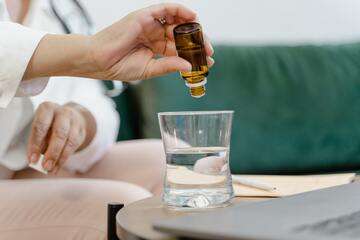
The chlorine reacts with and kills any living things in the water, like algae or protozoa (one-celled organisms), viruses, and bacteria. This is important because these organisms can cause illness if consumed by humans or animals.
3. Filtration
Filtration is a physical process that removes suspended particles from water by passing it through a porous substance such as sand, gravel, or charcoal. This is the most common method used for purifying water and is employed by many households worldwide.
Filtration also can be accomplished with chemicals. One example is carbon filtration, which uses activated carbon to remove chemical compounds from contaminated water sources like wells or reservoirs.
4. Reverse Osmosis
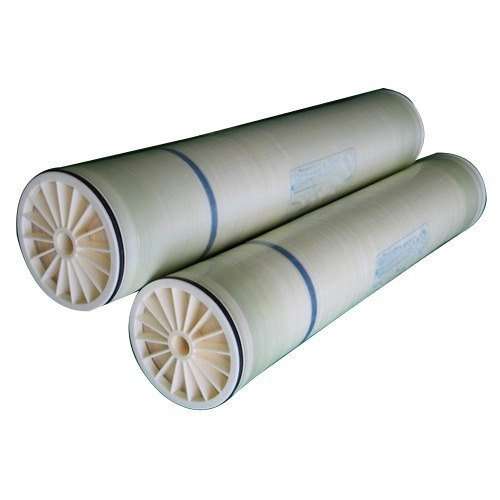
Reverse osmosis is a process that uses a semi-permeable membrane to filter out contaminants from the water. The membrane acts as a barrier between the contaminated and clean water, allowing only water to pass through it. This process can be done by using high pressure to push the water through one side of the membrane, and on another side, you get pure water.
This water purification method can remove up to 95% of dissolved particles from the water. Now reverse osmosis process were used in home & industrial water purification systems.
5. Distillation
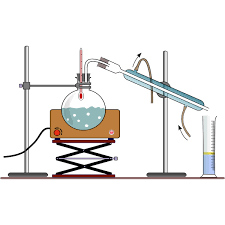
Distillation is a simple process of cleaning water. It works by heating water and collecting the steam that evaporates. The steam is cooled and condensed back into the water, collected for drinking. The pure water that passes through this purification method is safe to drink, so it’s a very efficient method of cleaning water.
6. Softening (Removal of Calcium and Magnesium)
You need to add a lime chemical to remove calcium and magnesium from your water. The reaction between the lime and the water results in the formation of calcium hydroxide, which is a white solid that precipitates out of solution. This process is known as softening because it removes hardness ions (calcium and magnesium) from water.
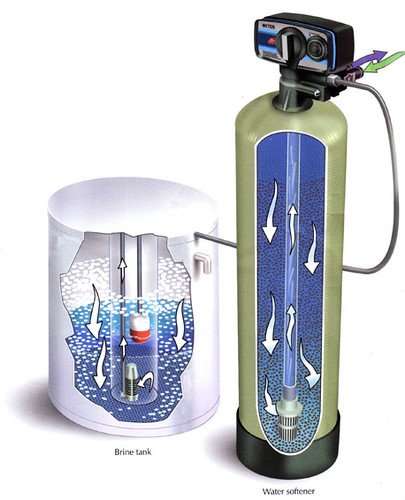
Ion exchange may be used instead of adding lime to remove hardness ions from your water supply. In this case, an ion exchange resin is added to your water supply and remains there until all the hardness ions are removed via adsorption on its surface area.
7. Ion Exchange
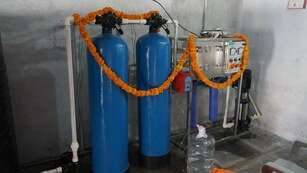
Ion exchange is a process of removing ions from the water. A special type of ion-exchange resin is placed in the chamber & contaminated water passes through this chamber; all dissolved particles are in ionization form in the water. When water passes through the Ion Exchange resin, the resin takes all ions. Basically, this process is used in industrial water treatment.
Related Article: DM plant Process & Water Chemistry
Conclusion
These 7 best methods of water purification process can be used based on your requirement & quality of water need. We know, Water is essential for all living beings, so this is the best ways to clean it. We have seen some methods used to clean water and how they work. This can be very helpful in many situations where water is not safe enough to drink or use directly without processing it first.

